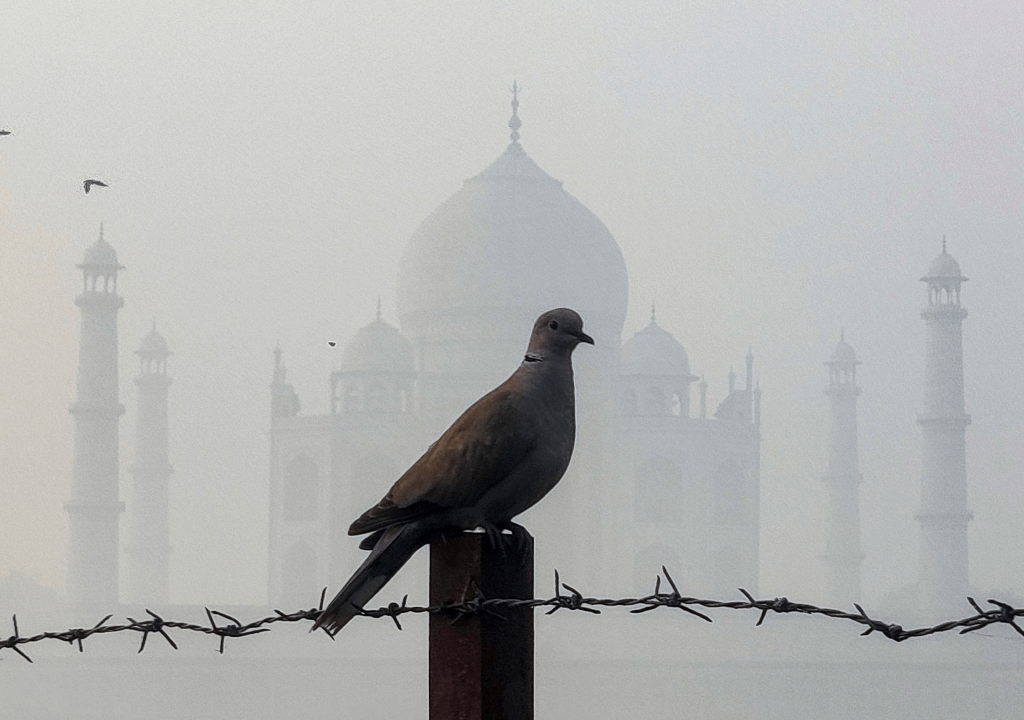Delhi is now a living nightmare. Apologies to the 1.4 billion people of India, but it must be said. As the capital territory of India, the world’s most populous country, and home to nearly 20 million residents, Delhi is one of the largest urban agglomerations on the planet. However, it has become an increasingly difficult place to live. The air pollution has reached a level where living there poses severe health risks, and the government has proven unable—or perhaps unwilling—to address the crisis effectively.
Delhi’s struggle with pollution is not a recent phenomenon; it has been grappling with this problem for years. Poor urban planning, combined with a rapidly expanding population, has only exacerbated the situation. Moreover, deep-rooted cultural practices and resistance to change have hindered the implementation of necessary pollution-control measures.
Despite these challenges, Delhi remains the nerve center of India. It houses the military headquarters, judiciary, ministries, and numerous other vital institutions. People traveling from distant regions to work or seek services here must endure the city’s harsh conditions.
This dire situation has prompted some political experts to propose a controversial idea: should India consider relocating the capital? Building a new, planned capital city—alongside other new towns—could be a step toward alleviating the pressure on Delhi and fostering sustainable development.
The suggestion has not gained public traction or widespread endorsement, remaining largely confined to discussions among think tanks. It is expected to trigger significant backlash, as people fear it could negatively impact Delhi’s real estate market, businesses, and the overall importance of the national capital territory. This is one reason political parties have been reluctant to initiate such proposals.
Delhi was chosen as India’s capital centuries ago due to its strategic location for Indian emperors. At that time, India stretched from Afghanistan in the west to Assam in the east, and Delhi’s central position made it an ideal seat of power. In the modern era, while Delhi is no longer geographically central, the threats from northern enemy states and the financial constraints of relocating the capital prevented any change.
However, today, pollution has emerged as the greatest challenge for Delhi. It has drawn criticism not only from foreign diplomats working in India’s capital but also from Indian judiciary members, bureaucrats, and think tanks, who struggle with the deteriorating living conditions in the city.
As of Wednesday morning, Delhi’s air quality remained in the “Severe” category, with an average Air Quality Index (AQI) of 427, making it the most polluted city in India. Of the 38 air quality monitoring stations in the city, 12 reported AQI levels of 450 or higher.
Compounding the situation, Delhi experienced its first below-normal minimum temperature of the season, dropping to 11.2 degrees Celsius on Wednesday. This followed a period of above-average temperatures since mid-October. The maximum temperature on Tuesday was recorded at 25.4 degrees Celsius, two degrees below normal. Cold westerly winds and clear skies have contributed to this drop in mercury levels.
As winter approaches, the prospect of worsening pollution levels becomes increasingly likely, further exacerbating the already difficult living conditions in the city.
The government has introduced various measures, such as banning crop burning—a practice tied to cultural rituals—restricting the use of firecrackers during festive seasons, and controlling motor vehicle emissions. However, these efforts have largely been in vain. Without a long-term strategy and widespread cooperation, meaningful change seems unlikely. In a bureaucratic country like India, such efforts are even harder to implement effectively.
The difficulty in curbing pollution has fueled the idea of relocating the capital. While some suggest seasonal shifts, this is impractical for a nation with such a large bureaucracy and extensive ministries. Instead, a permanent change—or at least relocating certain ministries to other cities—has gained attention. Others propose creating a new, purpose-built capital, similar to Indonesia’s plan for its new administrative center.
The idea comes with both positives and negatives. On the positive side, relocating the capital could significantly improve quality of life, and a new city could be planned efficiently from the ground up. For a country like India, the investment required is manageable, and the project would create numerous jobs. However, the negatives are substantial. The process would involve moving an enormous number of files, developing extensive infrastructure, and accommodating thousands of government employees and their families.
Despite the challenges, the positives clearly outweigh the negatives. The lack of creativity in leadership, administrative inefficiency, and political hurdles remain significant barriers, but the government cannot afford to delay action indefinitely. The capital territory is metaphorically and literally burning, and decisive steps are urgently needed.
Historically, there have been attempts to shift the administration away from Delhi. Sikandar Lodi moved it to Agra, Jahangir to Allahabad, Muhammad bin Tughlaq to Daulatabad, and the British to Calcutta. Yet, all these changes were short-lived, with the capital eventually returning to Delhi.
Critics opposing the idea of a capital change argue against its feasibility, but careful planning can address their concerns. Several cities could be contenders for the new capital. However, given that every state in the northern belt faces similar crises, no city in the region currently offers a viable alternative for managing border tensions.
Meanwhile, southern and coastal cities in India, which are comparatively less polluted, also present challenges. These cities are already overcrowded and lack the infrastructure to accommodate such a significant expansion. This suggests that India may need to build a new, purpose-planned city to serve as its capital. Post-independence, India has successfully developed several cities, including Chandigarh and Amaravati, demonstrating its capability to undertake such projects. However, the challenges will be significant.
The next generation is likely to prioritize health over emotional attachments. After all, without clean air to breathe, there can be no emotions—and no life. Therefore, experts believe the Indian government will likely embrace this idea in the near future.








